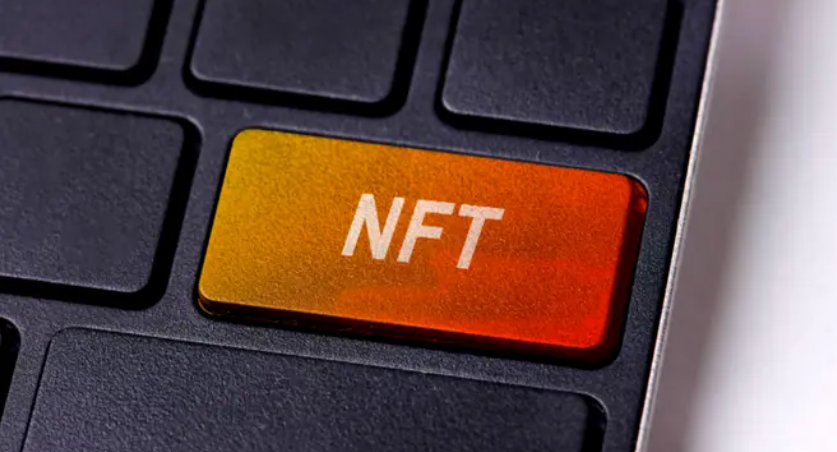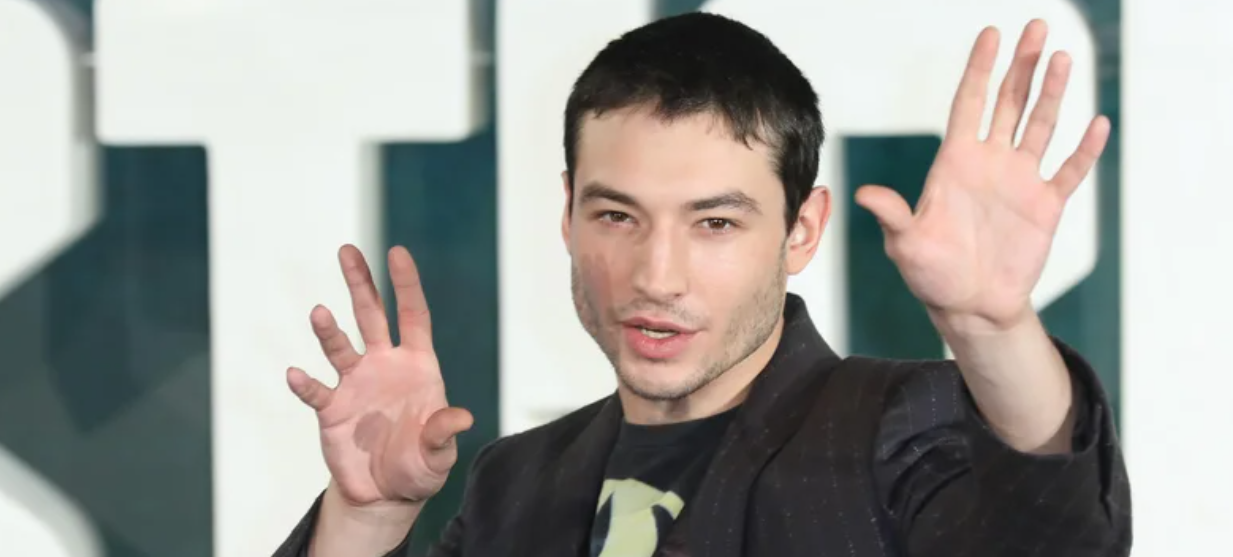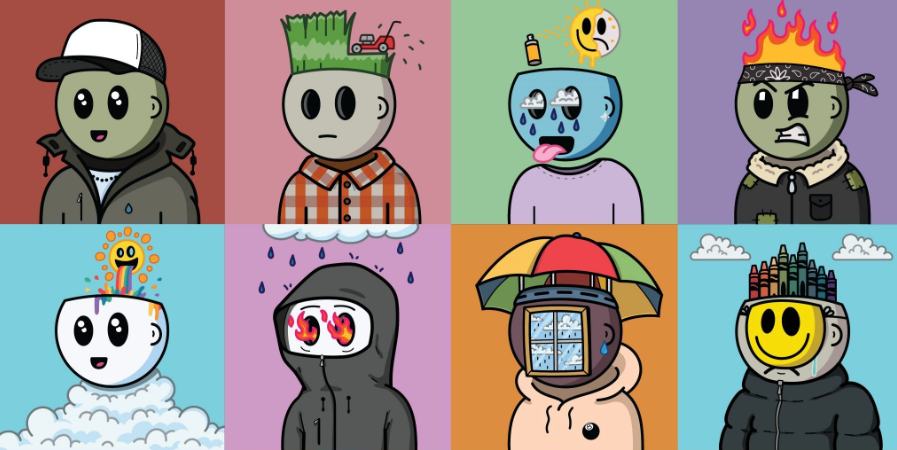One of the most prominent features of NFTs is their ability to pay royalties to artists and designers even after they have been transferred. This is how the process works.
Royalties, or royalty payments, are financial payments made by one party to another for the continued use of its assets. The term is most commonly associated with the music industry, where musicians allow their records to be played on the radio, streamed online, or sampled by other musicians for a (royalty) fee. However, it’s not just musicians who are owed royalties when their work is used. Songwriters, publishers, novelists, producers, and just about anyone involved in a creative process has the potential to claim royalties.
That being said, the system for paying royalties has been plagued with problems since its inception, with artists continually dealing with things like corruption, lost data, late payments, disputes over ownership, and a lack of urgency from distributors to adapt to demands. of the digital age.
Fortunately, in recent years, an unexpected but welcome solution has begun to gain traction in the creative world, and finally, artists, designers, and creators are beginning to see the benefits they deserve for their artistic endeavors. Yes, NFTs and blockchain have revolutionized another industry, and this time, royalty payments present one of the clearest use cases for NFTs to date.
What are NFT royalties?
NFT royalties give artists a percentage of the sales price each time their artwork is resold. No matter how many secondary sales occur, the royalties will always be returned to the original creator, and the best part is that the entire process is automated.
Thanks to the power of blockchain and smart contracts (as well as the unique identifier properties of NFTs), artists can take home a share of the profits from artwork in perpetuity, which is precisely how they should be. royalties work.
How do NFT royalties work?
The amount of royalties each artist receives depends on the terms that were stipulated in the smart contract when the NFT was minted. At OpenSea, the maximum royalty rate is set at 10%, which means that artists will earn a full 10% on all future sales of their artwork. For example, if you mint an NFT with a 10% royalty fee built into the contract, you would earn 0.5 ETH on a sale of 5 ETH, even if you did not participate in the transaction.
All of this is possible thanks to the immutability and transparency of the blockchain. Since the public ledger protects the integrity and authenticity of the artwork, automated protocols will ensure that whenever the requirements specified in the smart contract are met, the corresponding action is taken, which in this case is the payment of royalties.
Furthermore, the blockchain will execute its function without the need for an external agent or intermediary, eliminating the need for an intermediary, thus increasing the value delivered to artists. Some of the additional benefits of NFT royalties are as follows:
- Give artists full control over their artwork and digital creations.
- No ownership disputes
- Fully automated payment systems
- Perpetual royalties despite the number of secondary sales
Empowering artists with the blockchain
The arrival of NFTs is a breath of fresh air for the creative industries. Royalties have long plagued these sectors, causing numerous conflicts and disputes and serving as a major source of frustration for artists. Fortunately, this is slowly becoming a thing of the past, thanks to blockchain, smart contracts, and NFTs.
With original creators regaining full control over their work and setting their own terms (without the need for a middleman), there is a good chance that the rise in NFT royalties will trigger a revitalization of many creative industries as artists rely on They will be fairly compensated for their artistic works.














